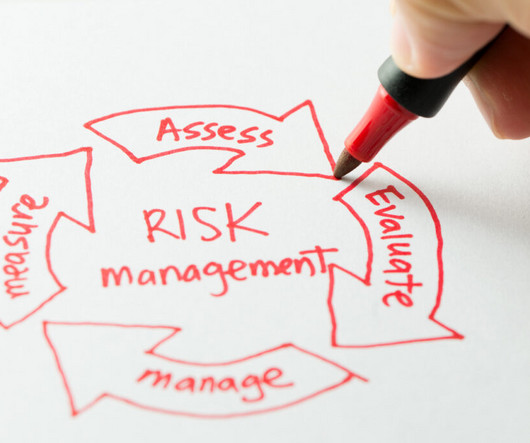Keeping Third-Party Risk First On The Cybersecurity (Risk) List
PYMNTS
MAY 15, 2017
The news that hit Friday afternoon that malware and ransomware were racing across the globe at a breakneck pace, infecting computers at companies across verticals and causing havoc, brought cybersecurity to top of mind, yet again. . In prior years, a company may have used a third party to supply raw material or parts.













Let's personalize your content